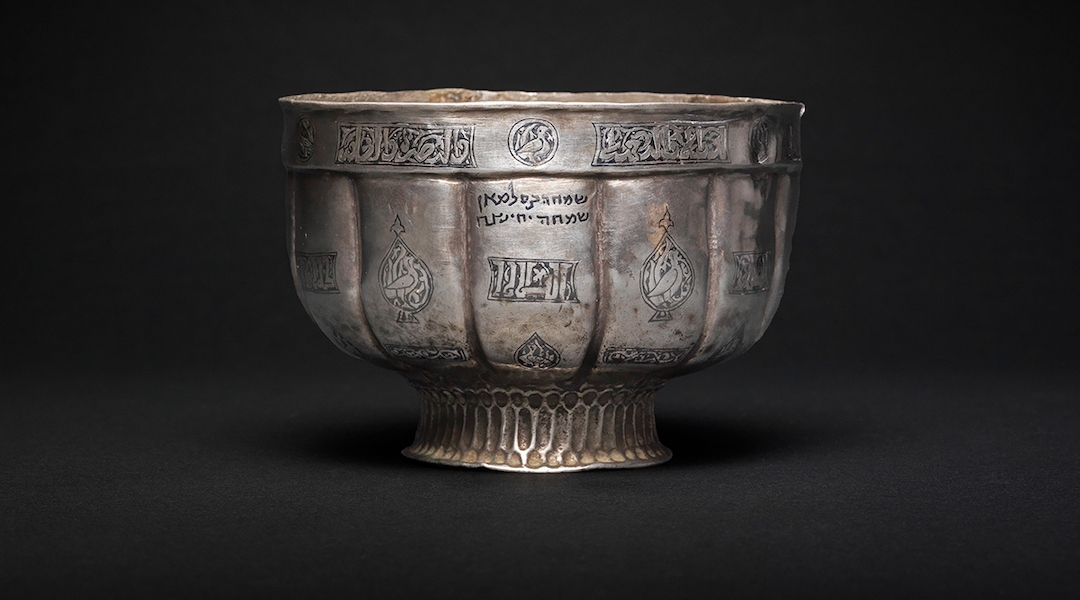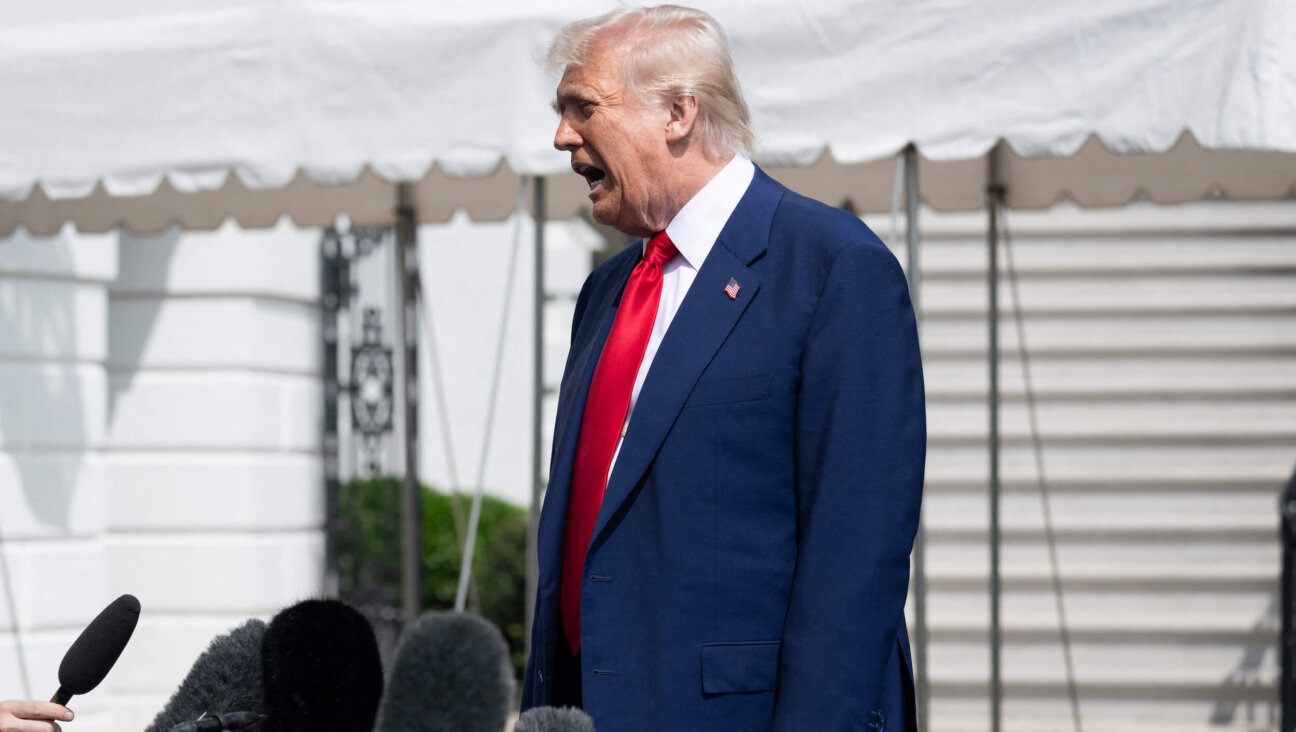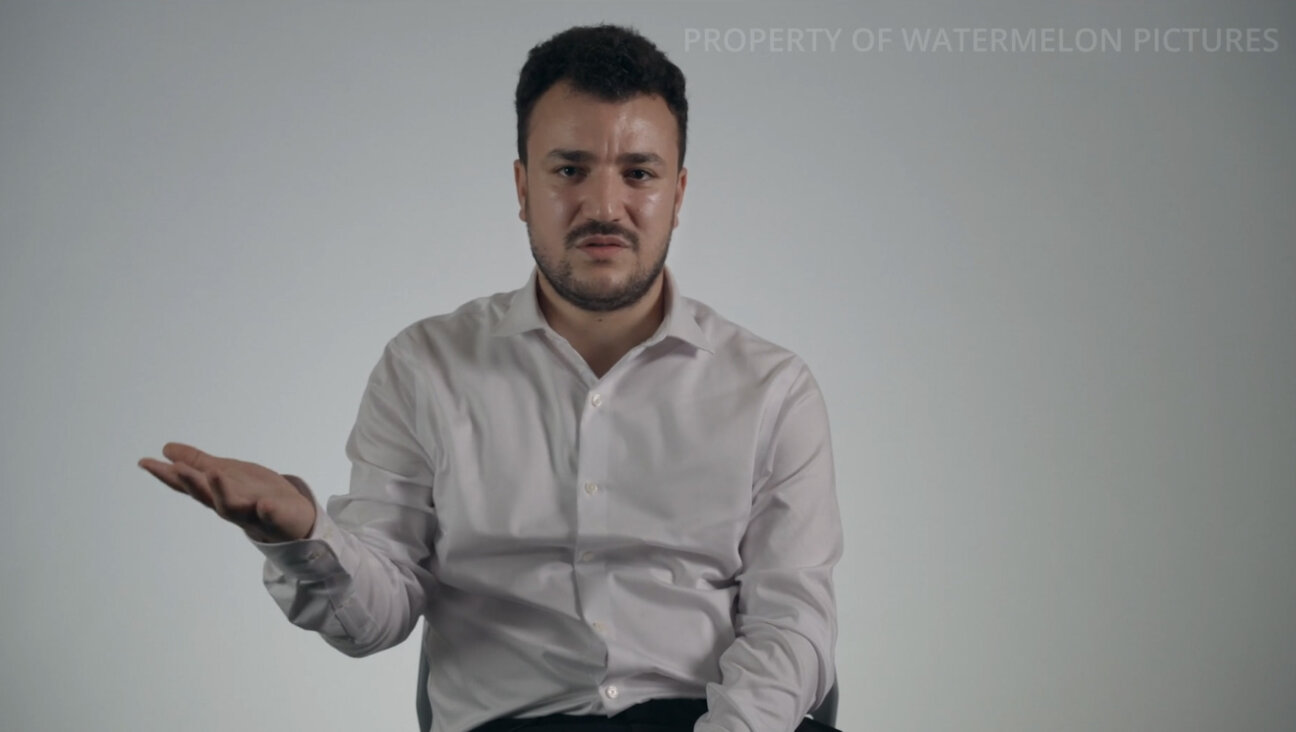The Name Game
I had to go to the dictionary the other day when I received a book with the title of “These Are the Names: Studies in Jewish Onomastics.” “Onomastics,” it turns out (from Greek onoma, “name”), is “the study of the origin of names.” Published by Bar-Ilan University Press in Israel, “These Are the Names” is Volume 4 of a series.
Onomastics is a fascinating subject. No other element of language is taken by us as personally as names. And Jewish names are especially fascinating, because the story they tell is not only personal, but also collective. It is the story of a wandering people and of how it has managed over the centuries to remain itself while at the same time being influenced by, and adapting to, the peoples among whim it lived. Volume 4 of “These Are the Names” traces aspects of this story in a variety of places, such as Eastern Europe, Greece, America and even China.
The Chinese-Jewish names, a list of which appears in Aaron Demsky’s “Some Reflections on the Names of the Jews of Kaifeng,” are the most interesting, because they demonstrate how even when Jews have ended up in the most far-flung and isolated places, they have used naming strategies similar to those of Jews elsewhere. These include:
1) Retaining distinctively Hebrew first names while taking last or family names from the linguistic environment. Thus, just as Jews in Eastern Europe generally had biblical or rabbinic given names but Germanic or Slavic surnames like Goldberg, Rosenbaum, Rabinowitz and so on, the Jews of Kaifeng (a city 500 kilometers south of Beijing, in which there was an active Jewish community from at least as early as the 12th century C.E. through the 19th) had Chinese last names like Li, Zhao and Jin, but more often than not, Jewish first names like Abraham, Jacob and Akiva.
2) In the same way that an American Jew whose Hebrew name is Yosef will write and say it as Joseph in English, the Jews of Kaifeng Sinicized their Hebrew names. Although a Jew named Abraham was presumably called up to the Torah as Avraham, he was A-wu-lo-han to his acquaintances. Similarly, Aharon or Aaron was A-ho-lien, Ya’akov or Jacob Ya-ho-chue-wu, and Yehoshua or Joshua, Yueh-shu-wo.
3) While Jewish men in Kaifeng sometimes had non-Hebraic first names, this was a more common practice with women, no doubt because they were not called up to the Torah and did not need Hebrew names for ritual purposes. This, too, has been true of Jews elsewhere. For every non-Hebraically named man like Feybush or Velvl in Eastern Europe, for example, there were several non-Hebraically named women like Breyndl, Blime, Gitl or Perl.
4) Even when giving their children non-Hebraic first names, Kaifeng Jews almost always used traditional names of their own, taken from non-Chinese languages like Persian or Arabic –– a reflection of the community’s origins in the Middle East. Similarly, non-Hebraic first names among Jews in Slavic countries were distinctively Jewish ones that had sometimes been preserved for centuries from distant lands, such as the Spanish-derived Shprintze (from Esperanza) for a woman, or Shne’ur (from Spanish Senyor) for a man. And as such names often were handed down by naming grandchildren after their grandparents, this was the case in Kaifeng.
What Demsky’s article does not make clear is whether Chinese Jews sometimes had two first names — a Hebrew one for ritual purposes and a Chinese one for social ones — and if they did, whether the latter was chosen because it resembled or began like the former. This is, of course, a common pattern among American Jews, as in paired names like Moshe and Milton, Brokheh and Bertha — or, more contemporaneously, Baruch and Brett, Melissa and Malka. Indeed, the progressive assimilation of Eastern-European Jews in American society can be tracked by the way in which immigrant Jews first kept the same Hebrew name for ritual and social purposes, so the synagogue’s Shlomo was Shloyme to his friends; next, had American-born children who were Shlomo in the synagogue and Solomon or Sol outside of it; then grandchildren who were Shlomo and Steven; and finally, great-grandchildren who were just plain Steven with no Hebrew name at all.
And yet, as Stanley Lieberson points out in an essay on “Jewish Names and the Names of Jews” in the United States, there has been for several decades a return to biblical names among Jews and non-Jews alike. Names like David, Daniel, Adam, Jonathan, Joshua, Aaron, Joseph, Jacob and Samuel for men, and Sarah, Rebecca, Deborah and Ruth for women, are increasingly popular — a trend, Lieberson believes, that began in some cases among Jews and spread from them to gentiles. This does not, according to him, have anything to do with a counter-assimilatory trend. On the contrary: It is a “paradox” explained by “the greater acceptance of Jews in the nation. As Jews become more assimilated, they return to names that have long been largely neglected. This also creates a fashionable appeal to the non-Jewish population, and at the same time, the Jews continue toward increasing integration into the larger population.” In other words, although Shloyme’s great-great-grandchild may once again be Solomon, this doesn’t mean he’s also gone back to being Shlomo in shul on shabbes.
The Forward is free to read, but it isn’t free to produce

I hope you appreciated this article. Before you go, I’d like to ask you to please support the Forward.
At a time when other newsrooms are closing or cutting back, the Forward has removed its paywall and invested additional resources to report on the ground from Israel and around the U.S. on the impact of the war, rising antisemitism and polarized discourse.
Readers like you make it all possible. We’ve started our Passover Fundraising Drive, and we need 1,800 readers like you to step up to support the Forward by April 21. Members of the Forward board are even matching the first 1,000 gifts, up to $70,000.
This is a great time to support independent Jewish journalism, because every dollar goes twice as far.
— Rachel Fishman Feddersen, Publisher and CEO
2X match on all Passover gifts!
Most Popular
- 1

News A Jewish Republican and Muslim Democrat are suddenly in a tight race for a special seat in Congress
- 2

Fast Forward The NCAA men’s Final Four has 3 Jewish coaches
- 3

Fast Forward Cory Booker proclaims, ‘Hineni’ — I am here — 19 hours into anti-Trump Senate speech
- 4

Film & TV What Gal Gadot has said about the Israeli-Palestinian conflict
In Case You Missed It
-

Opinion The ADL reversed its support for Trump’s student deportations. You should too
-

Fast Forward Senate rejects Bernie Sanders’ proposal to block some weapons sales to Israel
-

Fast Forward Sotheby’s to auction earliest known kiddush cup
-

Opinion Trump’s new tariffs on Israel are a BDS dream come true
-
Shop the Forward Store
100% of profits support our journalism
Republish This Story
Please read before republishing
We’re happy to make this story available to republish for free, unless it originated with JTA, Haaretz or another publication (as indicated on the article) and as long as you follow our guidelines.
You must comply with the following:
- Credit the Forward
- Retain our pixel
- Preserve our canonical link in Google search
- Add a noindex tag in Google search
See our full guidelines for more information, and this guide for detail about canonical URLs.
To republish, copy the HTML by clicking on the yellow button to the right; it includes our tracking pixel, all paragraph styles and hyperlinks, the author byline and credit to the Forward. It does not include images; to avoid copyright violations, you must add them manually, following our guidelines. Please email us at [email protected], subject line “republish,” with any questions or to let us know what stories you’re picking up.















